In the past 30 days or so, China has quietly transported some military hardware to its outposts in the Spratly Islands. Those equipments were deployed on top of its recent installation of military jamming devices. And judging by the latest U.S. outburst, the Chinese has crossed the line which might force President Trump to take action.
The U.S. intelligence assessments revealed that the Chinese has installed anti-ship cruise missiles and surface-to-air missile systems on three of its fortified outposts west of the Philippines in the South China Sea. On Thursday, the White House threatened China of “consequences” for its ongoing militarization.
White House spokeswoman Sarah Sanders said – “We’re well aware of China’s militarization of the South China Sea. We’ve raised concerns directly with the Chinese about this and there will be near-term and long-term ‘consequences.'” However, Beijing has neither acknowledged nor denied the installation of the missile systems.
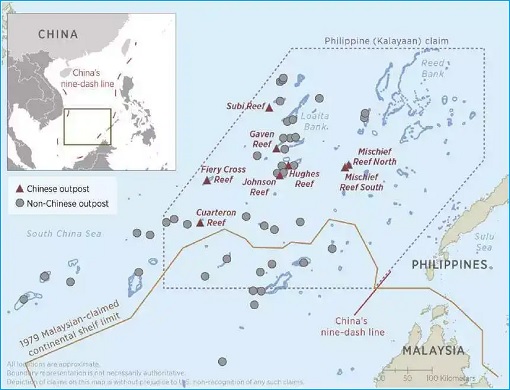
The new Chinese missiles defence system were reportedly deployed on Fiery Cross Reef, Subi Reef and Mischief Reef. They are all located in waters south of mainland China between Vietnam and the Philippines. The new missile defence systems represent a significant addition to Beijing’s military portfolio in one of the most contested regions in the world.
The Spratly Islands were claimed by 6 other countries, including Vietnam, Malaysia and Philippines. The installation would be the first Chinese missile deployments in the Spratlys. The U.S. is particularly worried because the land-based anti-ship cruise missiles – the YJ-12B – enable China to strike surface vessels within 295 nautical miles (475 kilometres) of the reefs.
There were also long-range surface-to-air missiles – the HQ-9B – which have an expected range of targeting aircraft, drones and cruise missiles within 160 nautical miles. These were the same defensive weapons already installed in Woody Island, China’s military headquarters in the nearby Paracel Islands.
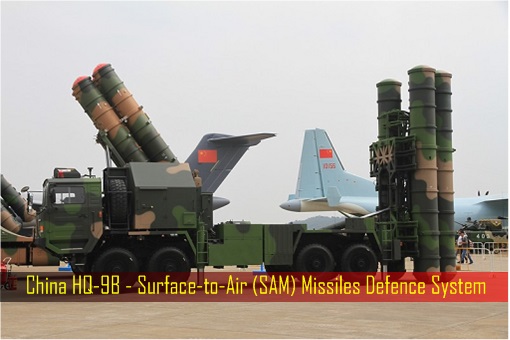
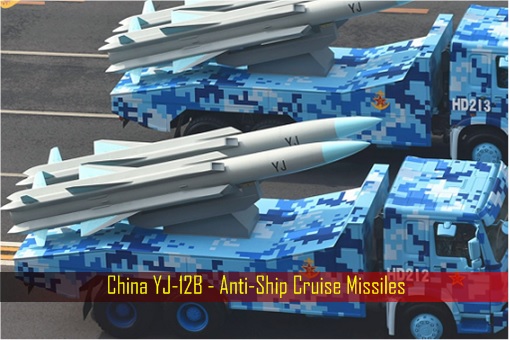
Like the Russian S-300 missile defence system, the Chinese HQ-9B represents one of the Chinese military’s most capable air defense weapons – capable of engaging aircraft, including low-flying manned and unmanned types, as well as cruise missiles. The YJ-12B, on the other hand, is a supersonic land-based anti-ship cruise missile.
While Washington is not one of the countries involved in the sovereignty claims, it has raised concerns that Beijing is “militarising” the South China Sea. The U.S. Navy frequently sends warships and aircraft carriers to patrol the area under the pretext of “freedom of navigation”. China, on the other hand, has maintained that the islands were for defensive purposes only.
With the “completion” of China’s “forward operating bases”, the Middle Kingdom will be able to extend its influence thousands of miles to the south and project power deep into Oceania. U.S. Admiral Philip Davidson, nominated to head U.S. Pacific Command, said China could use the bases to challenge the U.S. regional presence.
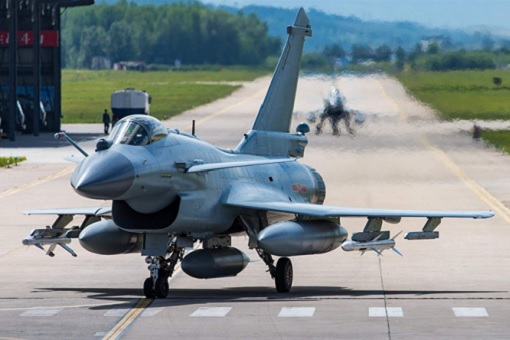
China is also expected to soon deploy warplanes such as Y-8 transport aircraft and J-10 and J-11 fighter jets to the islands, the same way Woody Island has been militarised. Hence, over time, not only the Chinese could overwhelm the U.S. Navy with its arsenal of missiles, they could also launch fighter jets to give all sorts of trouble to the Americans.
The US aircraft carriers Theodore Roosevelt and Carl Vinson have sailed through the South China Sea in recent months, angering Beijing, but that’s about what the Chinese could do, for now. But when the missiles defence system is completely operational, Washington might need to think twice about engaging Beijing in a more hostile way.
Obviously the militarisation of the Fiery Cross Reef, Subi Reef and Mischief Reef islands was a coordinated, methodical and strategic plan to protect their economic power while at the same time project China’s military power. The Chinese is essentially sending a message to the U.S. that China is in control of the South China Sea.
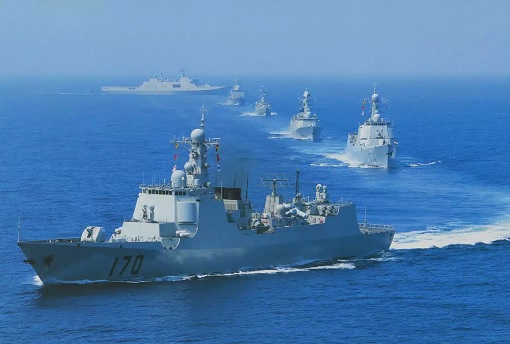
China’s string of militarized islands – equipped with airfields and radar facilities – have become like a series of immovable aircraft carriers. The installed missiles will allow its armed forces to form “a multilayer military umbrella over the South China Sea,” with interlocking sensors and weapons systems. Such infrastructure is important as the first level of defence to the mainland China.
As China slowly but surely emerges as the world’s economic superpower, the needs to protect its national interest grows accordingly. Besides the U.S., other countries such as Australia, Japan and India have started challenging China’s dominance in the region. Last month, Australian warships en route to Vietnam were challenged by the Chinese navy as they navigated the South China Sea.
Like the U.S. Navy, the three Australian Navy vessels claimed they were practicing its right to freedom of navigation in the South China Sea. However, China wasn’t impressed and considered it as a deliberate challenge as China was conducting its largest ever naval exercises in the hotly contested waters at that time.
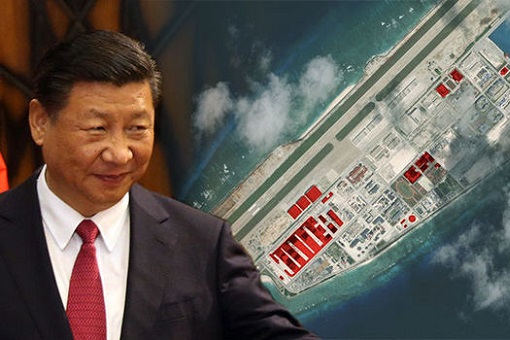
Other Articles That May Interest You …
- Show Of Power – Vietnam Stops Drilling After China Threatened To Attack
- A US-China Trade War About To Happen – Here’s Why The Yankees Can’t Win
- China Invasion – Top 10 American Iconic Brands Now Owned By Chinese
- Declaration Of War! – U.S. Military Wants Control Over Ports In China & Russia
- How China Brilliantly Uses North Korea To Get What They Want From Trump
- Relax Mr. Kim, Here’s Why China Will Not Allow U.S. Attacks North Korea
- “War Message” To Japan And US!! – China Sends 40 Fighter Jets & Bombers To Okinawa
- Tribunal: No Basis To China’s South China Sea Claim, But Who Dares To Enforce It?

|
|
May 4th, 2018 by financetwitter
|


|

|

|

|

|

|




























Comments
Add your comment now.
Leave a Reply